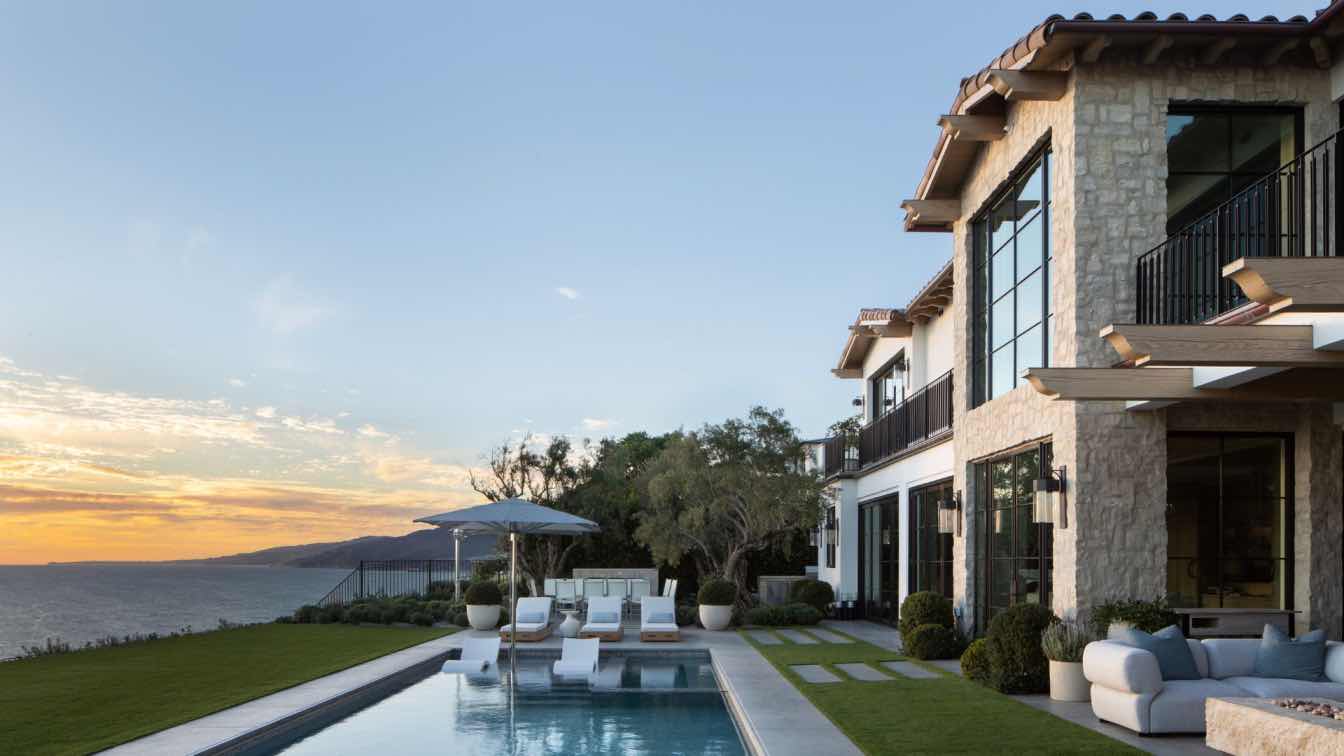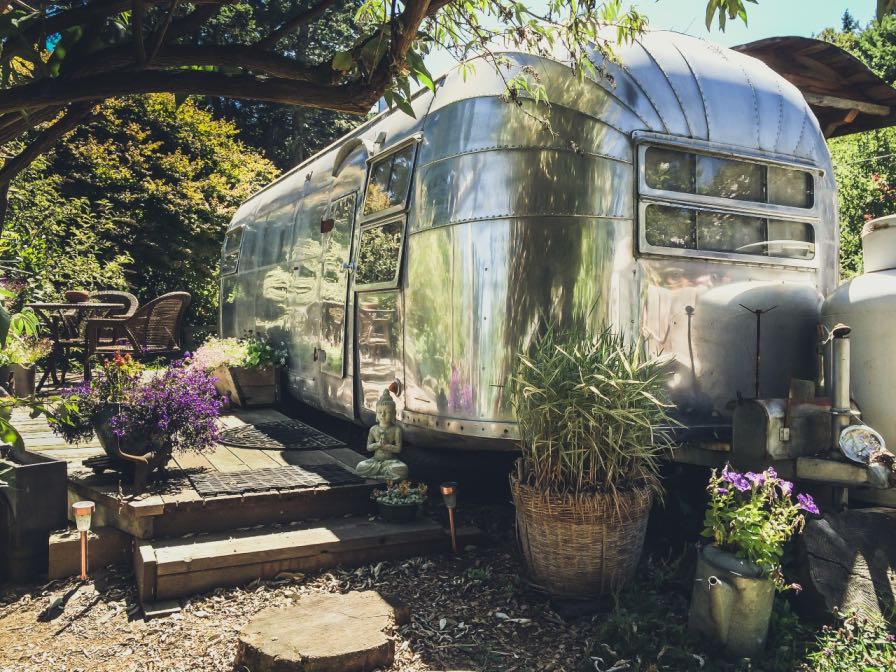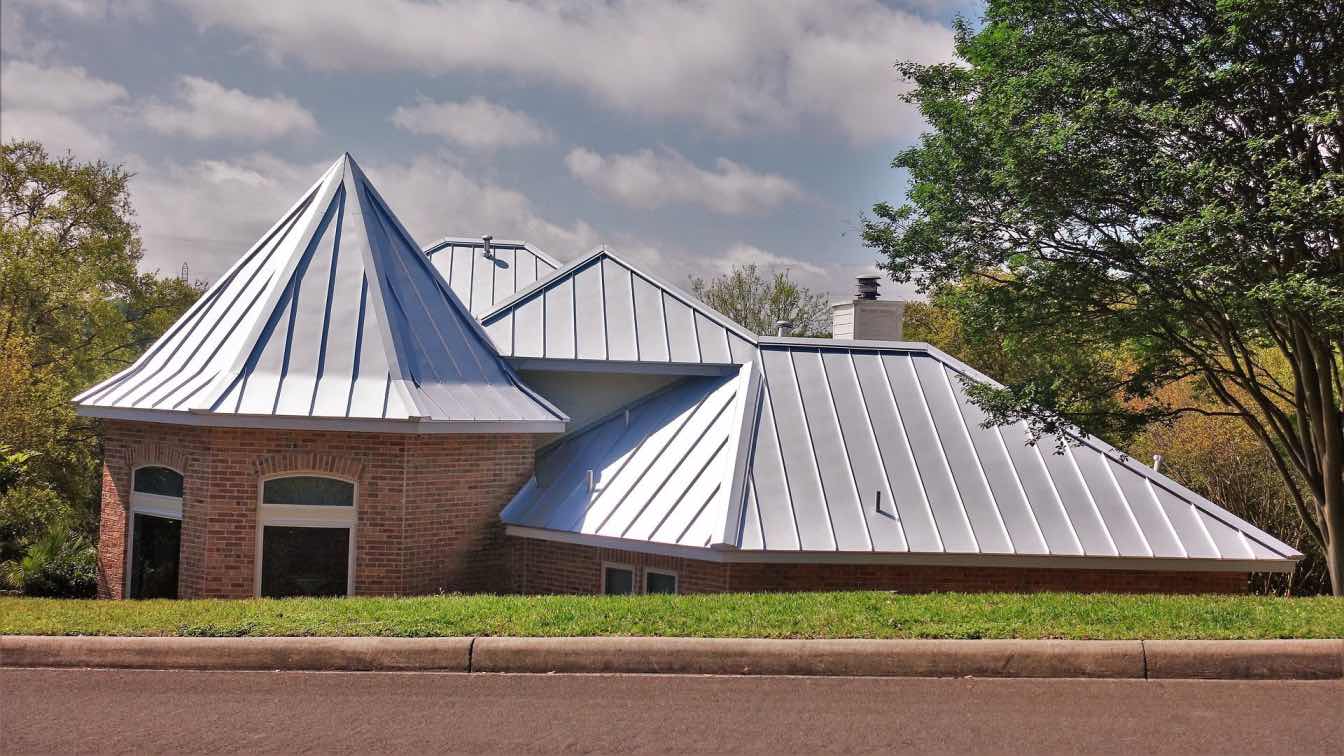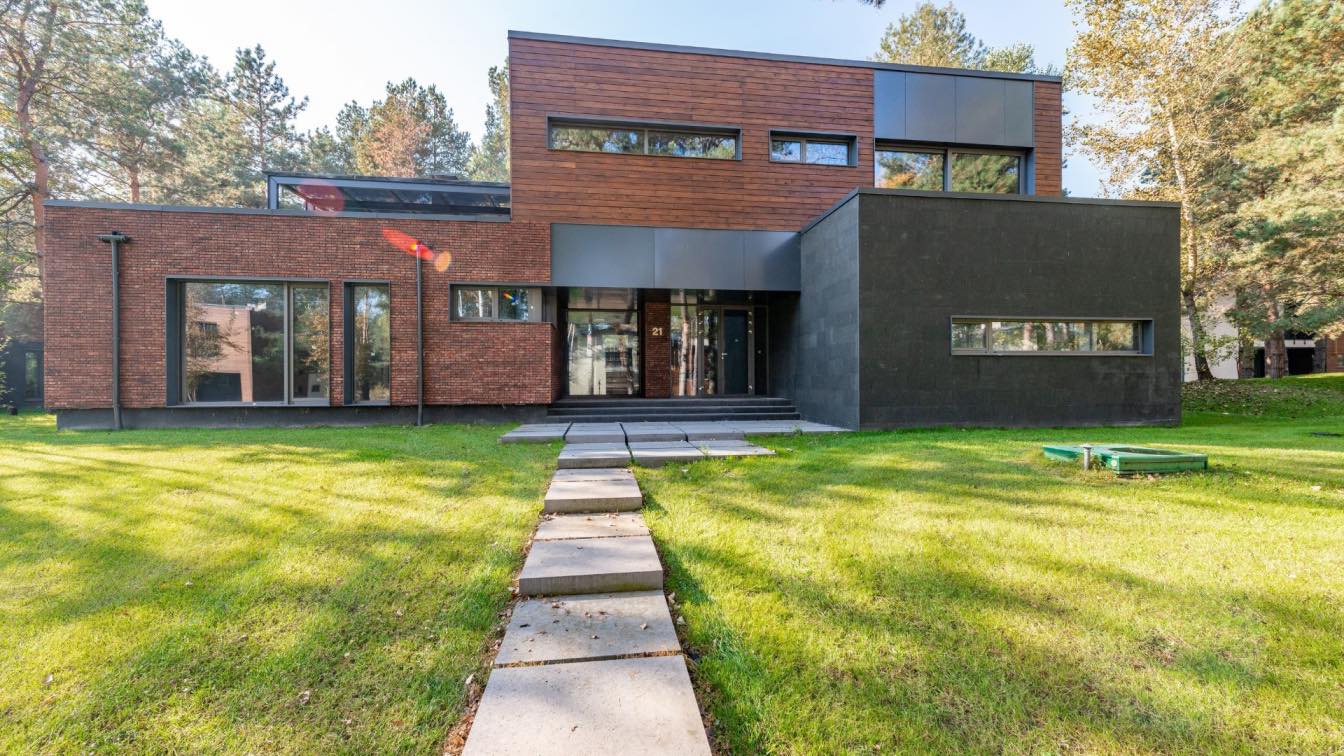Prominent Hillside and Coastal Home Designer Shares Field-Proven Feedback for Future Fire-Survivability Success.
Home design features and landscape approaches have significant impact on residences’ fire-survival odds. Specializing in custom coastal and hillside homes in the Los Angeles area, IR Architects’ CEO Ignacio Rodriguez shares tips from more than two decades’ experience, plus current feedback on the nine homes the firm has completed in the Palisades-Malibu burn zone—eight of which are still standing.
Site Strategies – Go Beyond
• Brush Clearing: Exceeding the Cal Fire defensible-space guidelines where environmentally allowed can significantly improve resilience
• Access: Think like a first responder, especially for homes inset far from the street
• Unimpeded ingress for wide vehicles
• Wide, sturdy stairs for hillside homes
• Commercial fire-retardant chemicals are available for residential landscape, without the aerial-drop pink dye
Home Design – Upgraded Products, Materials
• Windows are weak links: Blow-outs from wind and heat can undermine structural resistance when fire enters the interior
• Title 24-mandated low-e/multi-pane windows are vastly more fire-resistant than older windows
• Aluminum frames are more resilient than vinyl
• Roll-down shutters may not be attractive, but they can double a home’s survivability probability
• Exterior stone and cementitious material such as stucco and fiber-cement siding often have one-hour fire ratings. This can be doubled by backing the exterior material with fire-resistant wallboard such as Type X drywall.
• One-hour fire membranes behind structural wood studs provide additional protection.
• Insulation: Mineral wools and ceramic fibers are less combustible and have higher temperature ratings than the ever-present fiberglass insulation
• In general, homes built under Title 24 in the past 15 or so years employ passive design strategies with tighter envelopes to improve energy efficiency. This also impedes fire ingress.
Yards – Limit Ignition Points
• Decks, patio covers, gazebos, sheds: Engineered composite materials and metals have better fire ratings than natural wood and should be seriously considered
• Patio furniture: Common ignition points, move away from home during fire conditions, throw in pool if viable
• Sheds, garages: Avoid wood construction, remove combustible chemicals and gas-powered equipment
• Vehicles: If evacuating, move extra vehicles away from structures
• Batteries: Lithium-ion batteries found in EVs, many home electronics, and even smart electrical meters are combustible and difficult to extinguish. Move as many as far away from the structure as possible.
Overall, building beyond the current code using upgraded materials will recoup the higher initial investment if the home survives a fire. For fire-affected homeowners, IR Architects is offering free consultations to discuss rebuilding strategies and ways to fast-track the permitting process. For more information, homeowners can visit IRarchitects.us.
About IR Architects
Founded in 2012 by Ignacio and Lauren Rodriguez, IR Architects specializes in designing luxury homes and custom estates. The firm excels in hillside design solutions and navigating associated building codes, especially in areas prone to wildfires. With a portfolio of more than a half-billion dollars of built projects to date—encompassing ground-up construction as well as interior design—IR Architects successfully collaborates with homeowners interested in designing their dream homes and developers desiring to maximize parcels’ values.





